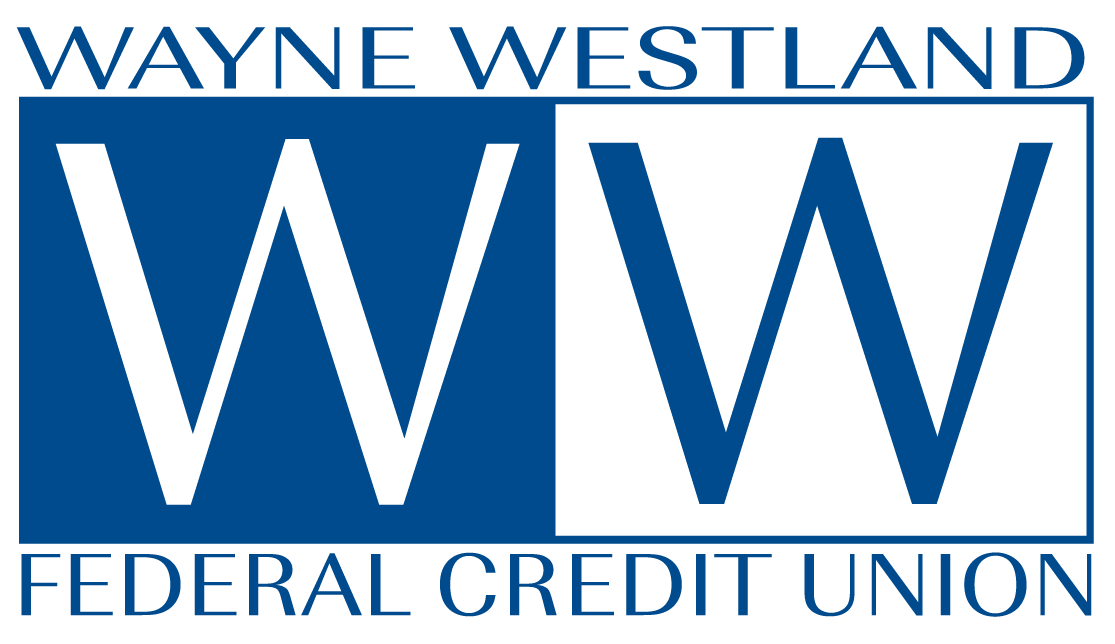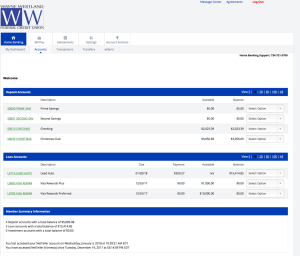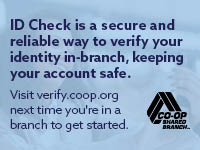It’s probably no surprise that two thirds of shoppers prefer to use credit cards over cash on a day-to-day basis. For consumers, there are usually secondary benefits to using a credit card—they get airline miles or cash back—and there is often less risk in using credit cards—if cash is stolen, it’s gone for good, but if a credit card is stolen, the consumer isn’t responsible for any fraudulent charges made.
But what about the benefits and risks to small businesses of deciding to accept—or not accept—credit cards as a payment option? These days, the balance is tipping more and more in favor of the pros than the cons, especially with the dropping cost of all-in-one card processing systems for even the tiniest of small businesses.
A survey conducted by Intuit found that 83 percent of small businesses that accepted credit cards saw an increase in sales. For those accepting credit cards, fifty-two percent made at least $1,000 more a month, and 18 percent made at least $20,000 more a month. In addition to these convincing numbers, accepting credit cards keeps a business in touch with customer’s spending habits and expectations. Consider these benefits of allowing customers to swipe at check-out.
Benefits
- Customers are more likely to spend more money when using credit cards, according to many behavioral economics studies.
- Customers are more likely to make impulse buys if they can use a credit card.
- By 2011, the combined use of debit, credit, and gift cards surpassed cash.
- Most customers expect to be able to pay with a credit card; failing to meet this expectation could turn away potential business from them.
- Credit cards enable customers to make larger purchases.
- Credit card processors offer faster deposits than accepting personal checks or sending out invoices.
- With transactions completed through an online terminal, accepting credit cards means fewer trips to the bank, fewer or no bounced checks, and fewer or no invoices to print, mail, and follow up on—which all means more time spent on growing the business!
- Processing more transactions with credit cards minimizes the amount of cash on-hand in registers, which can be a deterrent for robbers.
Even with all of these benefits, small businesses do have some costs that come with accepting credit cards to consider.
Costs
- There are fees for use of all-in-one processors and traditional merchant accounts, the two categories of credit card processing solutions for small businesses.
- A business will be responsible for chargebacks—the demand by a credit card company that a business pay for or make good the loss on a fraudulent or disputed transaction by a dissatisfied customer.
- If there is a fraudulent claim that initiates a chargeback, the card issuer can debit the merchant account without warning.
- Fraud liability comes with accepting credit cards. If a fraudulent charge occurs, the business will be out the product sold or shipped and possibly the money paid by the customer for the product due to a refund.
- There is a standard one- to two-day delay between the merchant account processor approving a transaction and the money deposited into the business bank account.
- Most processors charge a fee for processing refunds. Some processors, like PayPal, will refund some or all of the original transaction fee charged to the merchant, but many won’t.
- Some businesses do not wish to enable or participate in the credit card culture of consumer debt, and so refuse to accept payment via credit cards.
For small businesses who believe accepting credit card payments would be beneficial, there are a variety of card processing solutions: all-in-one processing systems, traditional merchant services credit card processors, online payment systems, and processing for mobile sales. The most versatile for businesses making less than $30,000 per month is the all-in-one processing system.
The two most popular all-in-one solutions are Square and PayPal, which accept and support all types of payments—in-store, mobile, and online—from one central, convenient account. They also have the simplest and most transparent fee structures.
Square, for example, does not charge a monthly fee and merchants pay a flat 2.75% fee per transaction (credit or debit) in store and mobile sales, a 2.9% + $.30 fee per transaction for online transactions, and a 3.5% + $.15 fee per transaction for phone sales, invoices, and recurring payments. The reader equipment is also one of the most reasonable among all-in-one systems: in-store card readers or point of sales stations run $0–$500, their online ecommerce store and online virtual terminal are free, and their mobile card reader runs $0–$49.
With 50 percent of shoppers routinely carrying $20 or less in their wallet, accepting credit card payments is becoming the standard for businesses of all sizes. A close study of a business’s current and potential customer base is the best way to decide if installing a credit card terminal should be the next move.
Original Source: http://lmcu.frc.finresourcecenter.com/Small_Business_Services_78922.html?article_id=2591





